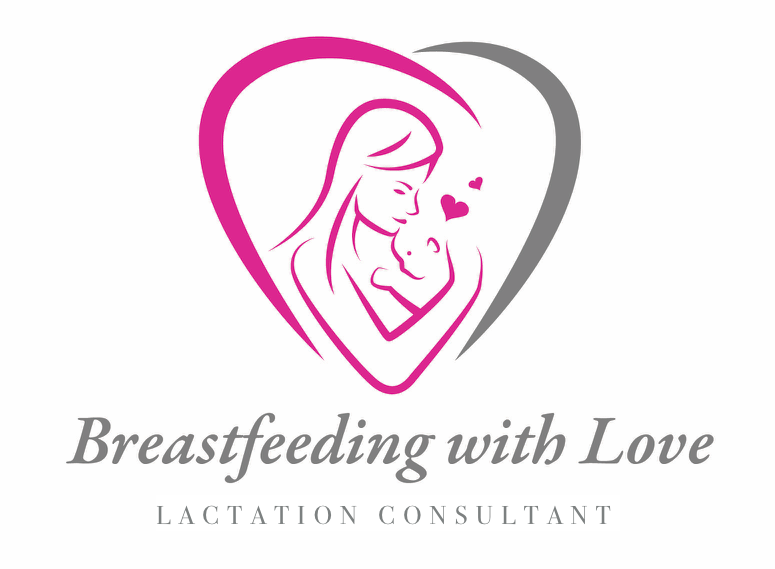Breastfeeding Made Easier
There are many benefits for a mom to breastfeed. Breast milk contains the best source of nutrition for your new baby. However, breastfeeding does not always come easy for every new mom. The first thing you want to do once you find out about being pregnant is to learn about breastfeeding. Remember that learning to breastfeed is no different then learning, for instance, to ride a bike. There may be bumps along the way but, in the end it is worth it. Practice makes perfect. It takes time to learn, good positions, latching the baby on well and how to breastfeed your baby and suck well. Try not to compare yourself with others.Give yourself reasonable expectations. Don't be so hard on yourself and allow yourself to make mistakes. Take advantage of breastfeeding classes. Ask your hospital or good friends where to find professional breastfeeding classes. Start to look around for an International Board Certified Lactation Consultant, such as myself, before your baby is born to have everything in place. Try to hold your baby skin to skin right after birth. The first hour of birth is an amazing time for you two to bond. Some babies can latch on really well. Others need practice. However, the closeness mom and baby share, triggers the baby feeding instincts. There are different signs of feeding cues when your baby is hungry. Slowly as you get to know your baby, you will get to know your baby's hunger cues. Some hunger cues may be: your baby chewing on its hand, making mouthing motions or turning its head from side to side.Try to feed your baby before your baby cries. Hopefully feeding will go well and you will be able to breastfeed in the beginning every 2-3 hours. If your breasts start to feel engorged, really tight, heaviness, firm, large or warm, this means your mature milk is coming in. Engorgement goes away in a few days however, it can make feeding challenging. Engorgement can occur if the baby doesn't breastfeed well. The nipple and areola may flatten out making it hard for the baby to grasp. Try to breastfeed often. Vary positions to help drain out breasts. Wear a supportive bra. Lie flat on your back so breasts are elevated. Apply cold compresses to your breasts and under your arms for 15-20 minutes, every few hours. The use of heat immediately before breastfeeding or pumping helps with engorgement. This can help with milk let down.Take a warm shower. Massage the breast in the shower and while breastfeeding. Use a nipple shield to help latch the baby on if needed. I see many patients who are engorged in my private practice. You can apply lanolin creme or olive oil to your nipples to make them feel better before pumping. Many of my moms say this feels better. Start pumping on a slow speed while engorged. Lastly, cabbage leaves help for engorgement. ( Green cabbage contains a high concentration of sulphur, which is known to reduce swelling and inflammation in all tissues. However, some people are allergic to sulphur. Therefore, please be aware if this is you.) Use medications for engorgement as needed such as: Advil, trim, Tylenol or ibuprofen. Sage tea, which is a herb, decreases milk supply and may help with engorgement.If you start to have temperature, consult your doctor immediately. Remember engorgement subsides within 24-48 hours. It is due to hormonal changes. It is important for mom to find some time to rest. Resting is healing for your body. If your mom and friend is around, try to take advantage and take a nap. Many babies have their nights and days mixed up in the beginning. By napping you are making up sleep that your body needs and helping to heal internally as well. There are a few positions used to breastfeed your baby. The crossover hold is great. Your thumb and index finger should be at each of your baby's ears. The football hold is when your baby's body. its torso, is right under your armpit. This hold is great when you have twins, one on each side. I like this position for twins the most.The cradle hold supports the baby's head and you bend your elbow, while the baby lies in front of your body. For the side lying position, the baby faces you while you are lying down. Speak to your employer before taking your maternity leave. Make sure there is a room for you to pump when you get back. You now have a right to have a private room to pump. Educate your caregiver to know how much to exactly give your baby while back at work and how to prepare and defrost and heat your breast milk. In conclusion, breastfeeding is a skill both mom and baby need to learn and master. You both are learning a new skill and relationship. So, be patient. It may take a few weeks to see amazing results.Make sure you have enough loving support around you to help make breastfeeding enjoyable, memorable experience and journey.

